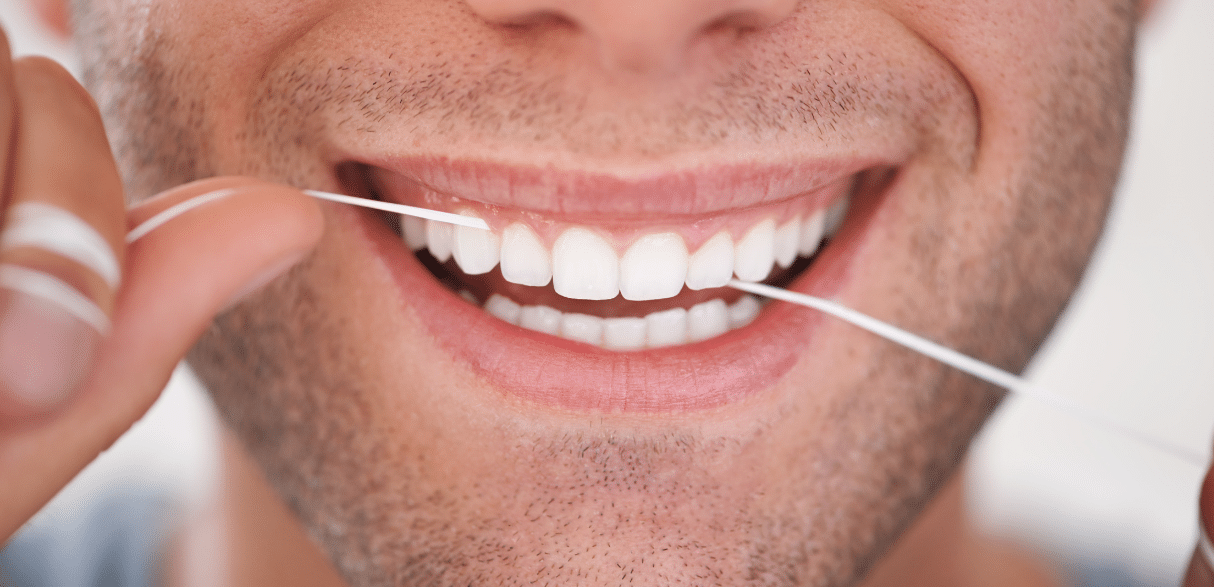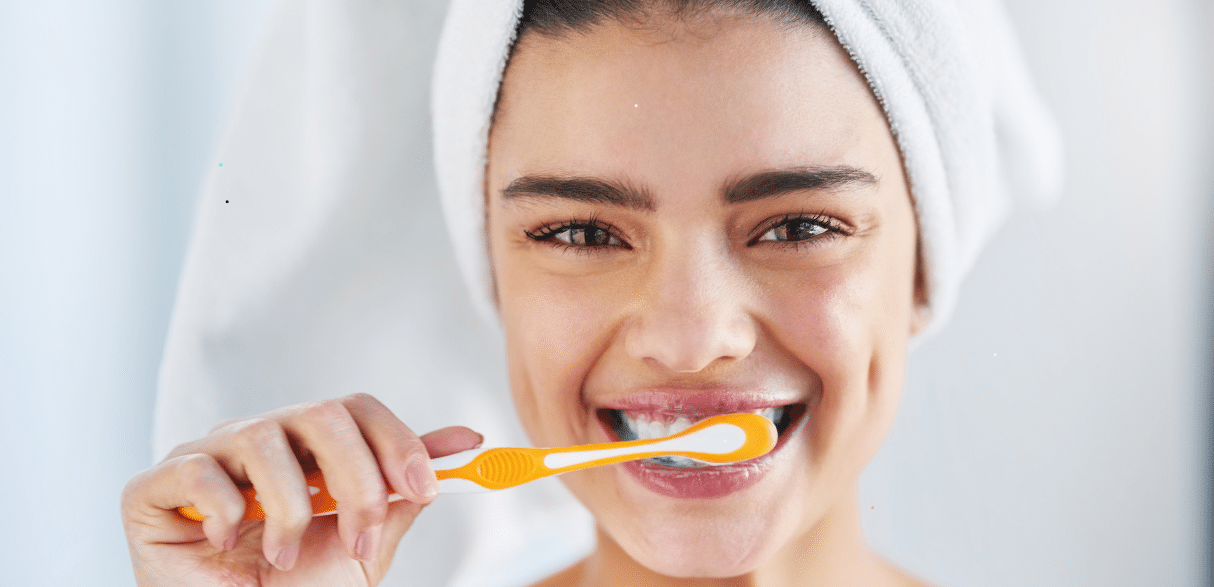What Happens During a Regular Dental Cleaning?

Ever wondered what really happens during a regular dental cleaning? It’s more than just a quick brush and rinse. Understanding each step of the process can make your visit smoother and more comfortable.
In this blog, we’ll break down every part of the cleaning routine, from the initial examination to the final polishing. Knowing what to expect will help you appreciate the care your teeth receive and keep you motivated to maintain your oral health.
Dental cleanings are a crucial part of keeping your smile bright and your gums healthy. So, if you’ve ever been curious about why your dentist uses that strange, buzzing tool or why you get a fluoride treatment, this blog has you covered.
Read on to learn how each step contributes to your overall dental health and why it’s worth your time to keep up with these regular appointments.
Initial Examination
The initial examination sets the stage for your dental cleaning. This step is crucial for assessing your overall oral health and identifying any potential issues.
Importance:
It helps your dentist spot problems early, such as cavities, gum disease, or signs of oral cancer.
What the Dentist Looks For:
- Gum Health: Checking for gum inflammation or bleeding.
- Tooth Condition: Looking for cavities or cracks.
- Oral Hygiene: Assessing your brushing and flossing habits.
This examination ensures that any underlying issues are addressed before the cleaning begins, helping you achieve the best results.
Removing Plaque and Tartar
Plaque and tartar can cause serious dental issues if left unchecked. Here’s how they’re handled during your cleaning.
Difference:
- Plaque: A soft, sticky film of bacteria that forms on teeth daily.
- Tartar: Hardened plaque that can only be removed by a dental professional.
Techniques Used:
- Scaling: Using specialized tools to scrape away tartar.
- Ultrasonic Cleaners: Using vibrations to dislodge plaque and tartar.
Removing these substances is crucial for preventing gum disease and maintaining oral health.
Deep Cleaning with Professional Tools
Professional tools make a significant difference in the quality of your dental cleaning. Here’s how they work and their benefits.
Description of the Cleaning Tools:
- Scaler: Manual or ultrasonic device for removing plaque and tartar.
- Polisher: A tool that smooths and polishes your teeth.
Benefits of Professional Cleaning:
- Thorough Cleaning: Removes plaque and tartar more effectively than home care.
- Gum Health: Reduces the risk of gum disease and tooth decay.
These tools help ensure that your teeth and gums remain healthy and clean, supporting your overall oral hygiene.
Polishing Your Teeth
Polishing your teeth completes the cleaning process and enhances your smile. This step smooths your teeth and removes any remaining stains.
Purpose of Polishing:
- Smooths Enamel: Removes surface stains and makes your teeth feel slick.
- Enhances Shine: Gives your teeth a polished, bright appearance.
Materials and Methods Used:
- Polishing Paste: A gritty substance that removes surface stains.
- Polisher: A rotating tool that applies the paste evenly across your teeth.
Polishing ensures your teeth are not only clean but also look their best.
Flossing and Fluoride Treatment
Flossing and fluoride treatments are vital to maintaining your oral health post-cleaning.
Importance of Flossing:
- Removes Debris: Clears food particles and plaque between teeth.
- Prevents Gum Disease: Keeps gums healthy and reduces inflammation.
Benefits of Fluoride Treatment:
- Strengthens Enamel: Helps protect teeth from decay.
- Reduces Sensitivity: Can make teeth less sensitive to hot and cold.
These steps reinforce your oral hygiene routine and protect your teeth between cleanings.
Post-Cleaning Examination and Advice
After your cleaning, your dentist will provide valuable insights to maintain your oral health.
Reviewing Results:
- Discuss Findings: Your dentist will explain any issues found during the cleaning.
- Next Steps: Outline any additional treatments or follow-ups needed.
Personalized Dental Care Tips:
- Daily Routine: Recommendations for brushing, flossing, and mouthwash use.
- Dietary Advice: Tips on foods that support oral health and avoid decay.
This final step ensures you leave with a clear understanding of how to keep your smile healthy.
Regular dental cleanings are crucial for maintaining optimal oral health. From the initial examination to polishing and fluoride treatment, each step ensures your teeth stay clean and your smile bright. By understanding what happens during a cleaning, you can better appreciate its importance and follow up with good dental habits at home. Remember, a little effort goes a long way in keeping your teeth healthy and your dentist happy.





